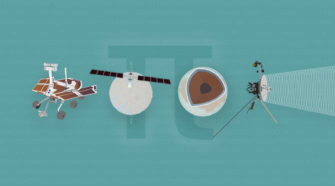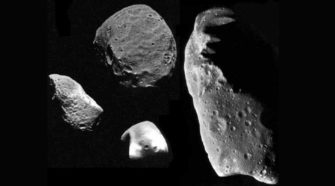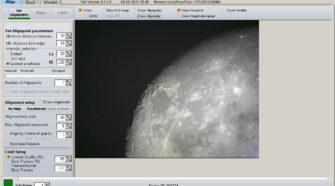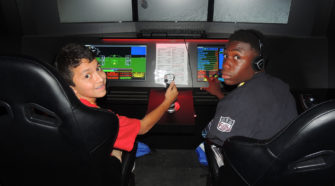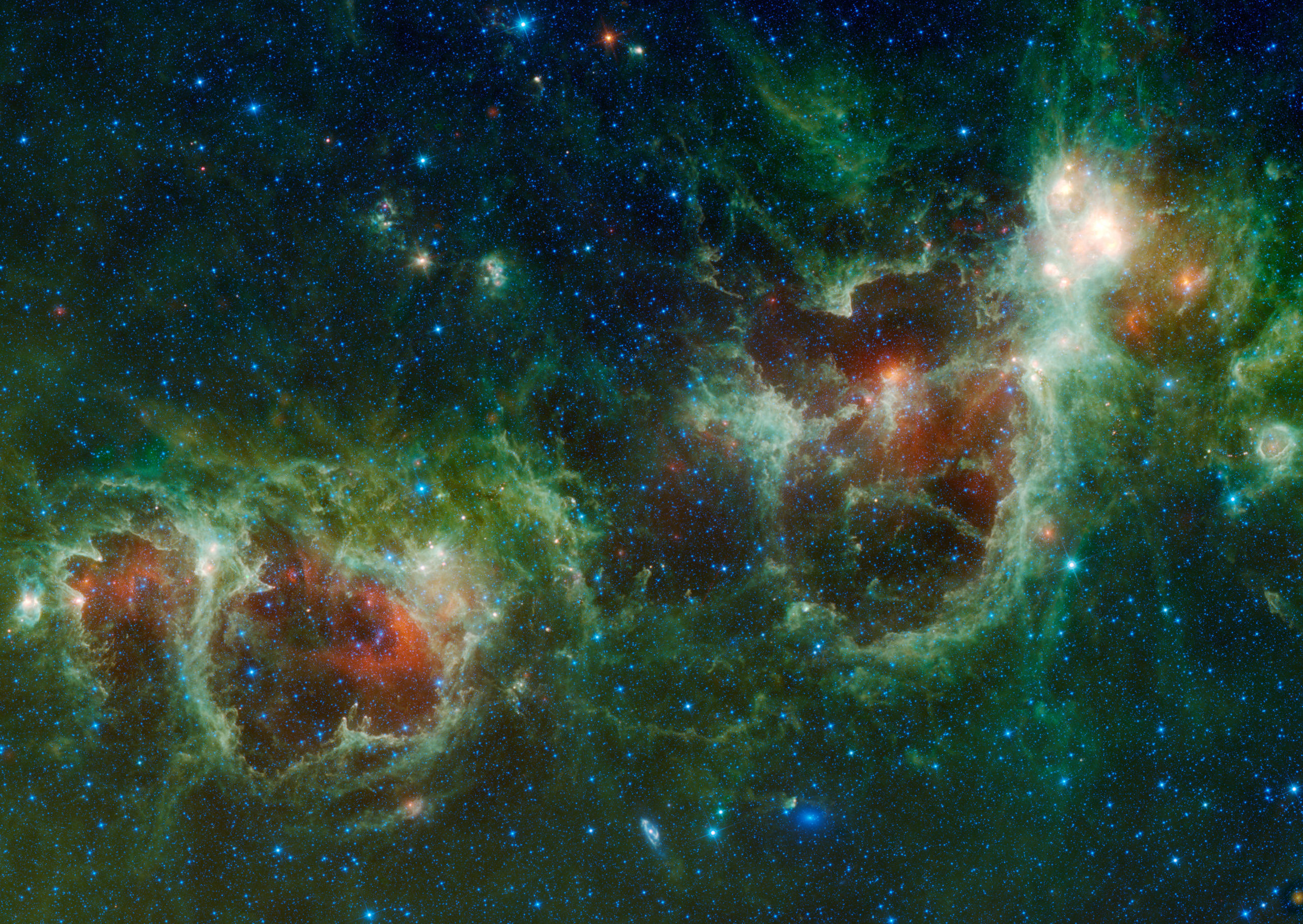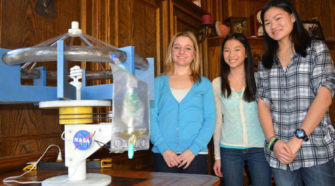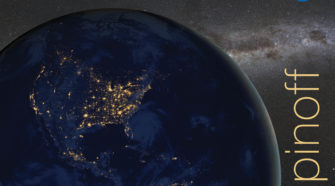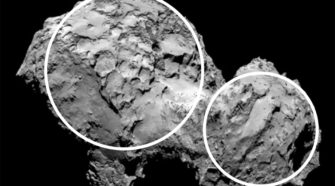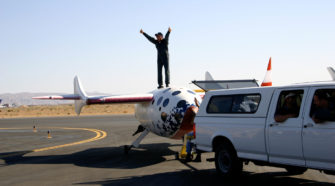Education
The Pi Day of the Century
If you like numbers, you will love March 14, 2015. When written as a numerical date, it’s 3/14/15, corresponding to the first five digits of pi (3.1415) — a once-in-a-century coincidence! Pi Day, which would have been the 136th birthday of Albert Einstein, is a great excuse to eat pie, and to appreciate how important …
Astronomical serendipity
Since 1594, when Johannes Kepler predicted that there should be a planet between Mars and Jupiter, astronomers had been searching for that “missing planet.” When Giuseppe Piazzi discovered Ceres in 1801, the scientific world thought that he had ended the search. Then Ceres disappeared from sight, only to be recovered one year later. Astronomers breathed …
Photographing the planets (part 2)
Following on from last issue where we looked at the equipment and capture of video to produce a photograph of the planets this issue looks at the processing of the video into an image. This article really only scratches the surface of image processing as there are so many variables and methodologies that can be …
National Flight Academy makes learning an adventure
Who says learning can’t be fun? Certainly not the leadership team at Ambition who delivers “inspired play” in six-day immersive programs at the National Flight Academy located in Pensacola, Florida. It all starts with the story – a heart-pumping, adrenaline-filled mission with squadrons competing to successfully finish a task. Whether it is a race or …
Cassiopeia: The Queen
Cassiopeia is a prominent constellation in the northern hemisphere which is very easily recognised as a W or M in the night skies. In most of Continental America and all of Europe it is visible year round but becomes most spectacular in the winter months, when it is elevated to a much higher altitude. Along …
Bulawa sisters are sending an experimental garden to ISS
We are Chicks in Space, a team of three sisters – MaryAnn Bulawa, Adia Bulawa and Lillith Bulawa – who are on a mission to help make future long term space missions possible. We have grown up working on NASA projects and challenges and in 2012 we participated in the Conrad Spirit of Innovation Challenge. This challenge encourages high …
NASA Spinoff 2015: There’s more space in your life than you think
NASA technologies are being used to locate underground water in some of the driest places on the Earth, build quieter and more fuel-efficient airplanes, and create shock absorbers that brace buildings in earthquakes. The 2015 edition of NASA’s annual Spinoff publication highlights these and other technologies whose origins lie in space exploration, but now have …
Exploring the surface of a comet
On August 6, 2014 after a decade-long journey chasing its target, ESA’s Rosetta has today become the first spacecraft to rendezvous with a comet, opening a new chapter in Solar System exploration. Comet 67P/Churyumov–Gerasimenko and Rosetta now lie 405 million kilometers from Earth, about half way between the orbits of Jupiter and Mars, rushing towards …
Gliding a spaceship back to Earth
Vocabulary • Altitude: The distance a spacecraft is above a given point on the ground • Distance From Spaceport: The ground distance from the edge of the runway to the spacecraft • Glide Distance: The distance the Landing Laser measures to the spacecraft • Glide Slope (Ø): The angle a spacecraft makes to the horizontal …
The Chalkboard: SpaceShipOne curriculum connections
After reading the SpaceShipOne retrospective, ask students to respond to questions that require analysis, evaluation, and synthesis. These questions connect to the Common Core State Standards, English Language Arts Reading: Informational Text standards. How has SpaceShipOne made a difference in space travel? Or has it? Defend your response. The author concludes, “From suborbital flight to …

